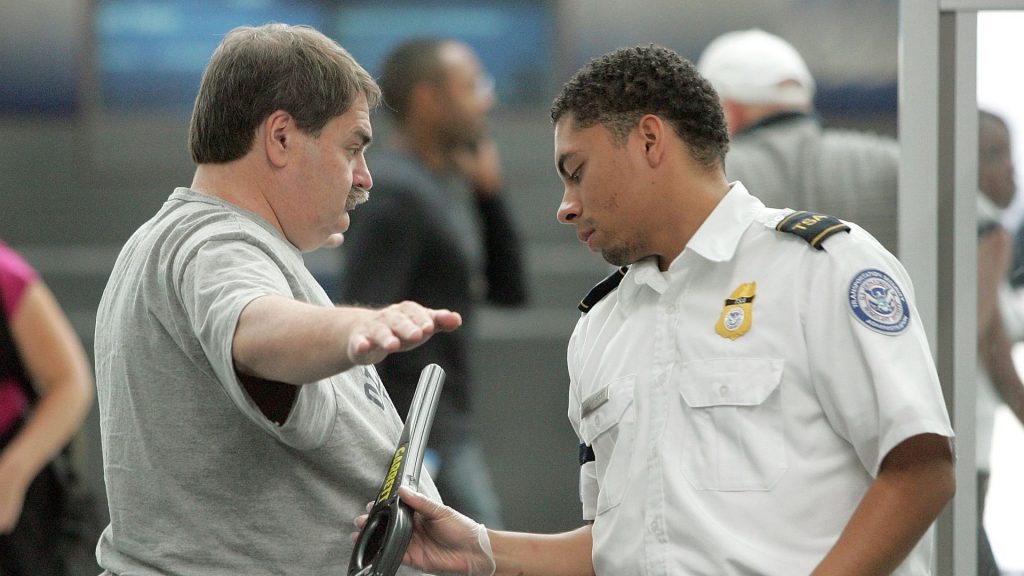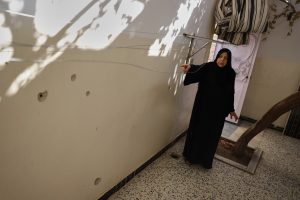Is PreCheck worth it after the TSA shoe removal rule is lifted?

TSA is rolling out changes that allow some passengers to keep their shoes on at security checkpoints. The move is raising questions about the value of TSA PreCheck, a program once prized for perks like skipping the shoe removal process.
The change was first reported by CBS News and reposted on X by White House Press Secretary Karoline Leavitt. So far, it applies to select U.S. airports.
Where can I keep my shoes on?
According to CBS sources familiar with the shift, the following airports no longer require passengers to remove shoes:
- Baltimore/Washington International
- Fort Lauderdale International
- Cincinnati/Northern Kentucky International
- Portland International
- Philadelphia International
- Piedmont Triad International (NC)
CBS correspondents also confirmed they kept their shoes on while flying through Los Angeles International Airport and New York’s LaGuardia Airport.
Additionally, Fox News reports the Department of Homeland Security announced the change at Ronald Reagan Washington National Airport on Tuesday.
“We expect this change will drastically decrease passenger wait times at our TSA checkpoints, leading to a more pleasant and efficient passenger experience,” Secretary of Homeland Security Kristi Noem said in the press release.
Is TSA PreCheck still worth it?
TSA PreCheck, which costs $80 for five years, still offers additional benefits beyond skipping shoe removal.
Travelers can leave liquids and electronics in their bags and keep on belts and light jackets. According to TSA, 99% of PreCheck passengers waited 10 minutes or less in security lines.
With availability at more than 200 U.S. airports, PreCheck may still be worthwhile for frequent travelers.
However, as new tech rolls out, that value could narrow.
Touchless pat-downs and new tech
TSA is working on other innovations aimed at easing the screening experience.
According to a report by 404 Media, a DHS patent describes full-body scanning technology using gloves, suits and haptic sensors. These tools would create a virtual model of the passenger’s body, allowing officers to “inspect” remotely while protecting privacy zones.
Illustrations in the patent include labels like “scan imagery obscured due to proximity to private body zone,” indicating efforts to preserve personal boundaries.
Earlier this year, TSA also showcased a new shoe scanner at CES 2025 in Las Vegas. The device allows passengers to step onto a platform that scans footwear using millimeter-wave technology, eliminating the need for removal.
It remains unclear if the recent policy changes are directly connected to this technology.
Why was the rule originally created?
The TSA shoe removal policy originated after a failed terror attempt in 2001.
That year, British national Richard Reid, known as the “shoe bomber,” boarded an American Airlines flight from Paris to Miami with explosives hidden in his shoes. He tried and failed to detonate them mid-flight. Crew members and passengers restrained him.
Reid pleaded guilty to eight terrorism-related charges and was sentenced to life in prison. The incident occurred just months after the 9/11 terror attacks, prompting TSA to adopt the shoe rule as a permanent part of security screenings.
Noem commented on the shift, saying, “In those 20 years since that policy was put in place, our security technology has changed dramatically. It’s evolved. TSA has changed.”
She also noted that REAL ID requirements add an extra layer of security.
Public reaction and backlash
While many travelers welcomed the update, some criticized the decision online.
One user said, “I hope not but someone will try a shoe bomb again within a year after this goes into effect.”
Another joked on X, “This was the best part about having TSA PreCheck. Now I can’t feel superior.”





